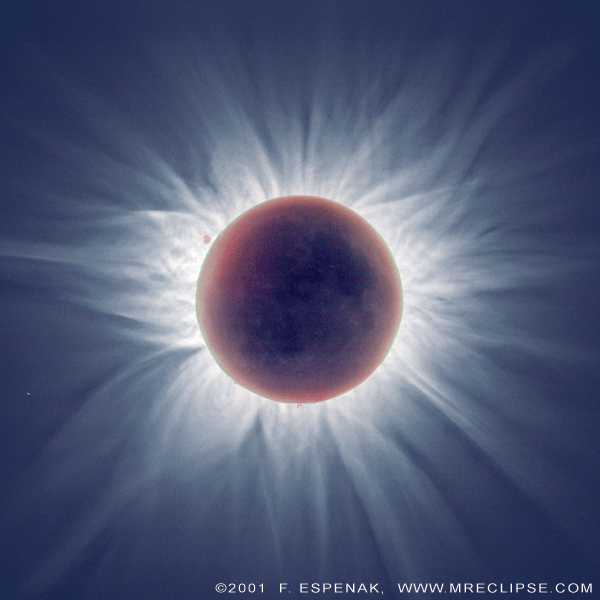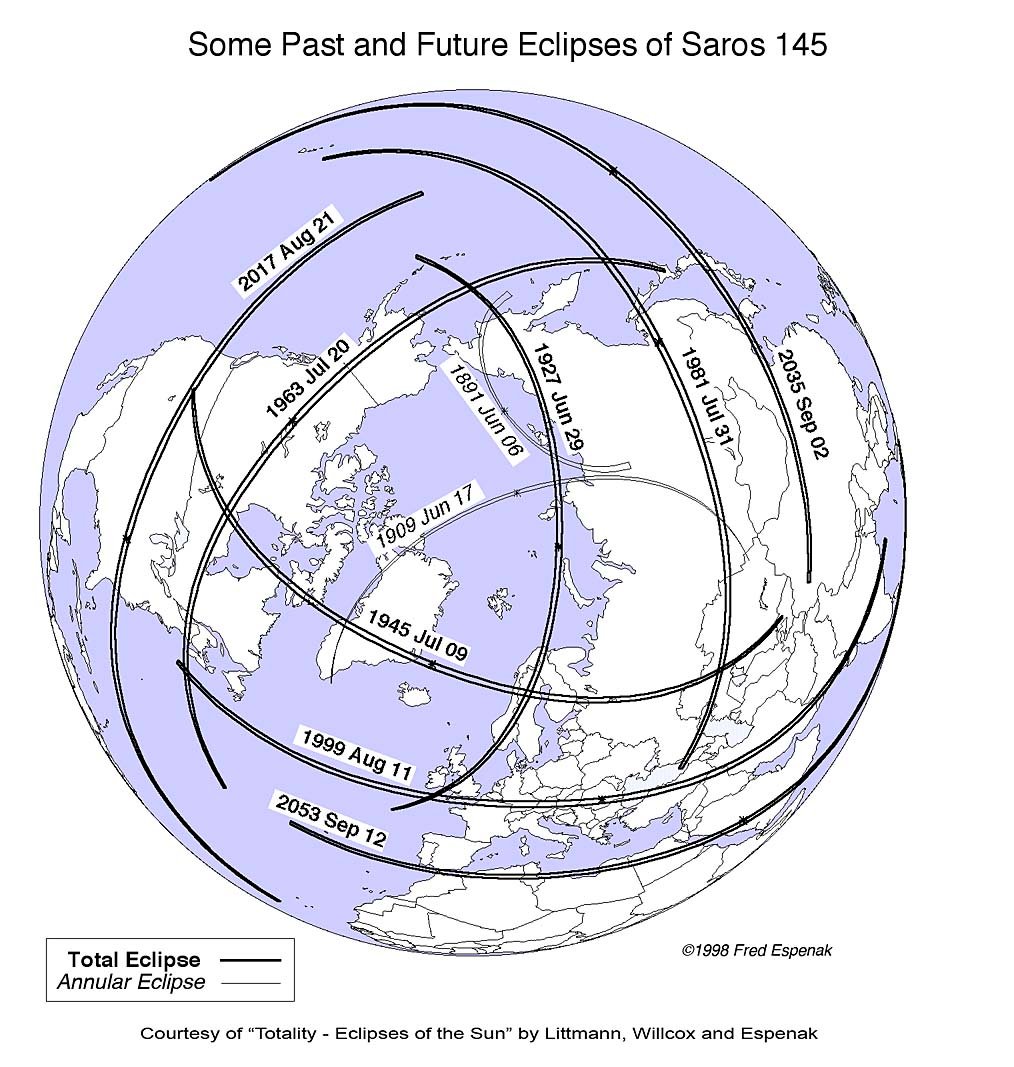A total eclipse of the Sun is perhaps the greatest cosmic spectacle anyone can experience in their lifetime.

That is, of course, other than the great daily cosmic spectacle of the Sun rising, arching overhead and setting, with the attendant splays of colors, and of course the nighttime stellar masterpiece as its ruler the Moon ebbs and flows through its cycles. People hardly notice such magnificent gifts of Nature anymore.

It is an amazing "coincidence" that the Sun is 400 times larger than the Moon and 400 times further away, providing these special eclipse events.
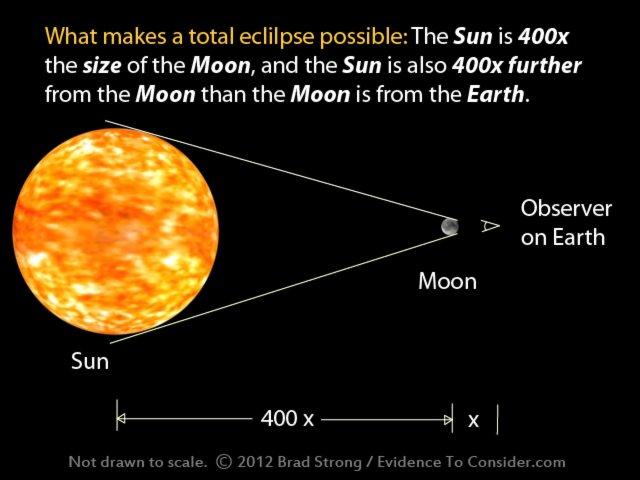
That is but one item on the list of amazing coincidences related to the Sun-Moon-Earth relationship.
The geometric relationship of the Earth and the Moon provides us the alchemical solution for squaring the circle, the 3-4-5 Pythagorean triangle, and the slope angles of the Great Pyramid at Giza.
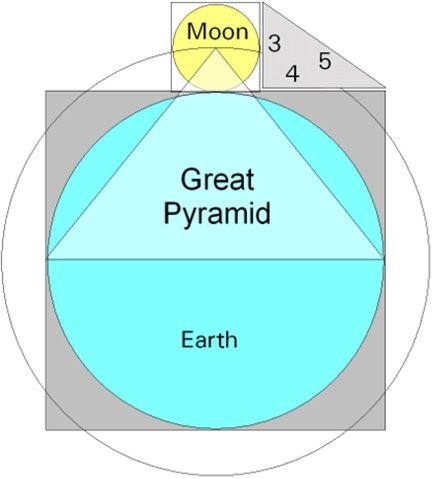
The rising and setting Sun moves along the horizon from Solstice to Solstice each year, providing the shortest and longest days of the year, with the Equinoxes in the middle, when the Sun rises due East, with day and night equal.

There is a minor variation in rising position of about 1/4 degree per year, moving North for 3 years till the 4th year where it returns to approximately the original position, providing 366 days - the Leap Year! In 33 years the Sun returns to its precise starting position, hence the relationship of the number 33 to the Sun.
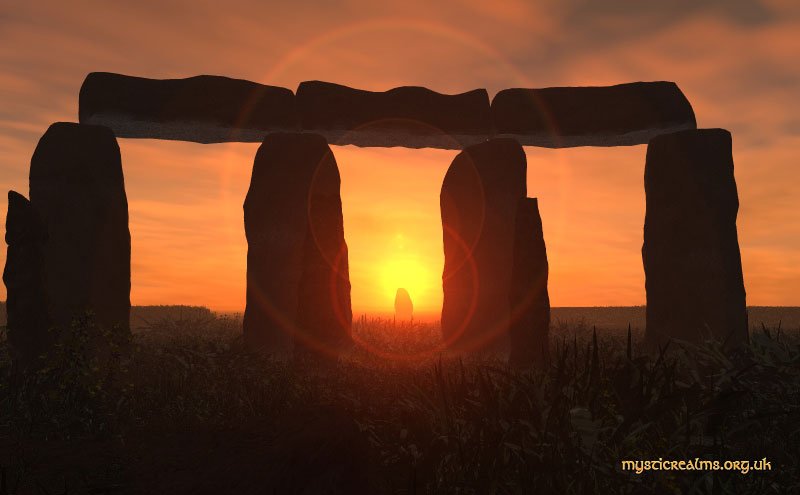
The Moon however moves differently. It rises and sets on both sides of the Solstice positions of the Sun, in a cycle that takes 18.6 years to complete.
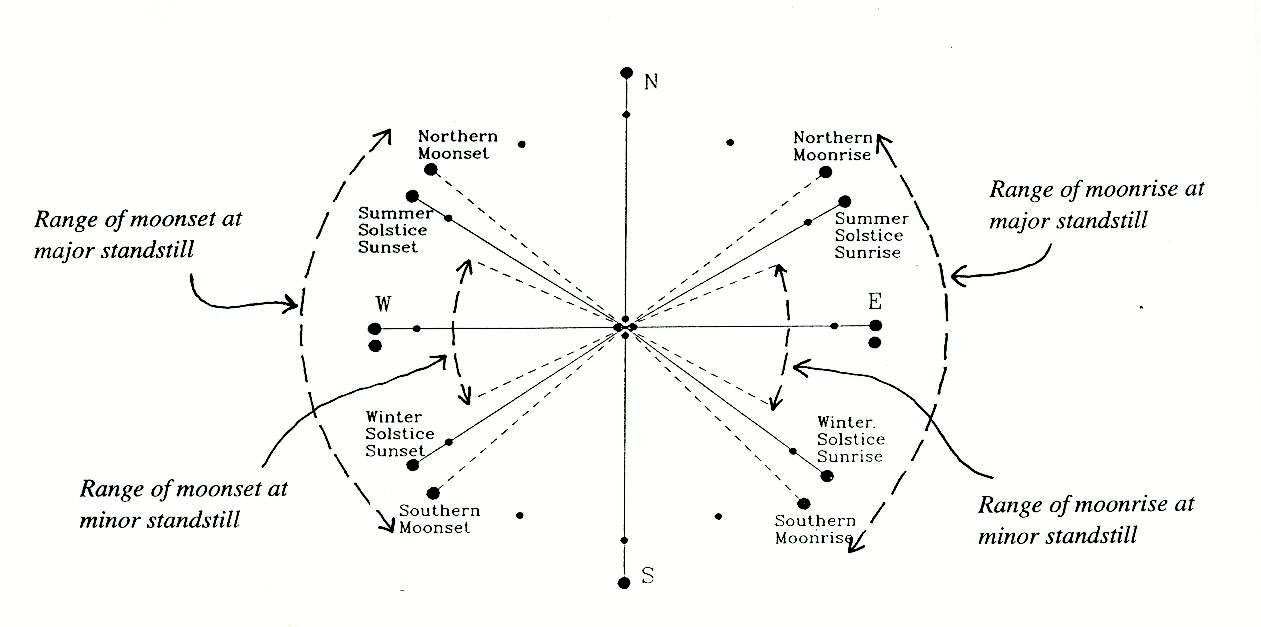
Chaco Canyon Anasazi ruins are sprawled across the desert marking the 18.6 year cycle constructed into the architectural layout, as discovered and mapped by The Solstice Project
The importance of this cycle to the ancients can be seen elsewhere such as at Chimney Rock, Colorado.
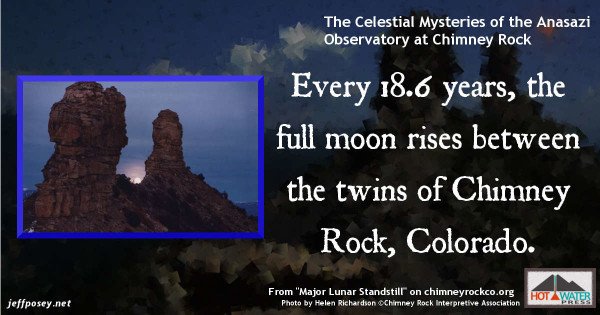
At Stonehenge, the geometric harmony of Sun and Moon cycles are interwoven in the megalithic temple in a manner unique to its latitude:
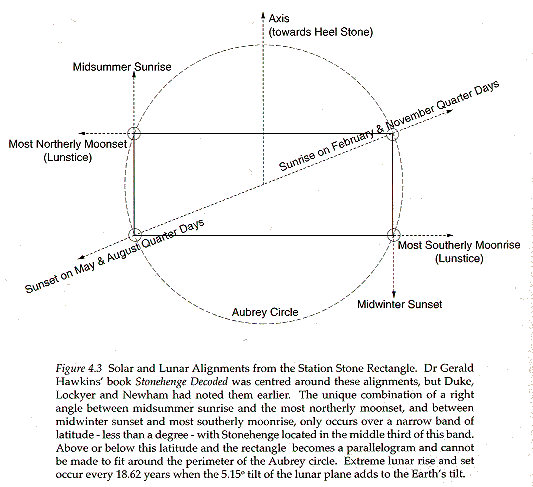
The 18.6 year cycles is also found many other places around the globe, such as in the layout of the Kabbah at Mecca:
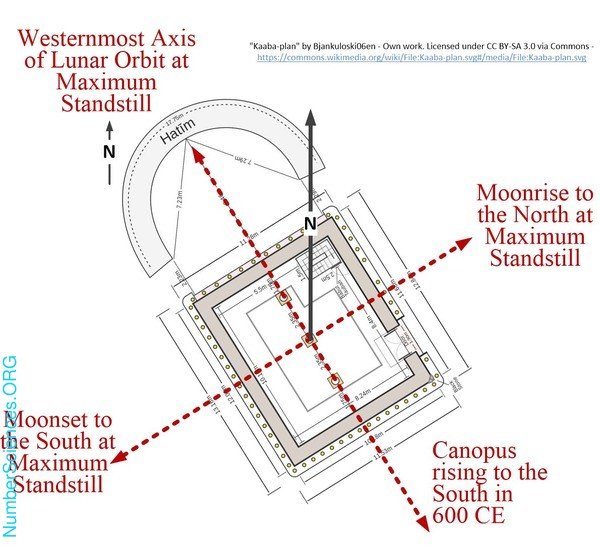
The orbit of the Moon, as it goes through it's cycle from Full to New, is tilted at an angle of 5.14 degrees to that of the ecliptic, the plane of Earth's orbit around the Sun. The two places where the Moon's orbit crosses the ecliptic are called its nodes.
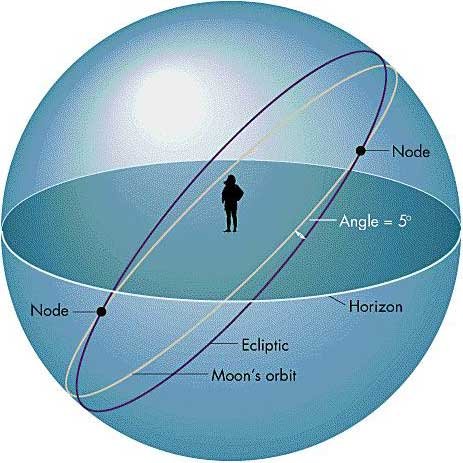
These nodes have been considered by ancient peoples as the head and tail of a giant cosmic dragon, which swallowed the Sun or Moon during an eclipse. The nodes are called Rahu and Ketu in Vedic astronomy.
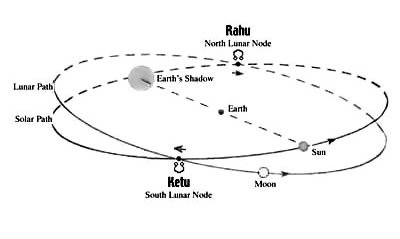
When the complex interweavings of the lunar cycle align the new and full Moons within 18 degrees of the nodes either a solar or lunar eclipse occurs, being total when the alignment is exact.

There are various eclipse cycles occurring over time, the main one called the Saros Cycle, which is the result of a natural harmony between these three lunar cycle aspects:
Synodic Month (New to New ) = 29.530589 days = 29d 12h 44m 03s
Anomalistic Month (perigee to perigee) = 27.554550 days = 27d 13h 18m 33s
Draconic Month (node to node) = 27.212221 days = 27d 05h 05m 36s

We can visualize the patterns in various ways to give us an idea of how this all fits together.
Many cultures had myths and superstitions about the eclipses. India had the demonic Ranu and Ketu. Viewing them as detrimental, they stayed out of eclipses, doing no yoga, eating, or beginning any new project during that period of time before, during and after. The Navajo of America also stay inside during an eclipse, again not eating or undertaking any activities. The Vikings imagined a pair of celestial wolves chasing the Sun and Moon, and when they caught one an eclipse would occur. Africans in Togo and Benin saw it as a time of the Sun and Moon fighting, and they encourage them to stop. So for them it is a time of reconciliation.
But were all of the "superstitions" really just mere imaginations of simpler times, or were they based on inner sensations of what is occuring? Perhaps there is more happening at a subtle level.
The work of Lili Kolisko gives one pause to wonder. Kolisko performed four decades (1920s-60s) of crystallization experiments with metallic salts in relation to planetary positions and relationships. Rudolf Steiner tasked her with physically describing a link as considered in alchemy between the noble metals and the 'planets' of old (the luminaries); Sun-gold, Moon-silver, Venus-gold, Mars-iron, Jupiter-tin, Saturn-lead.
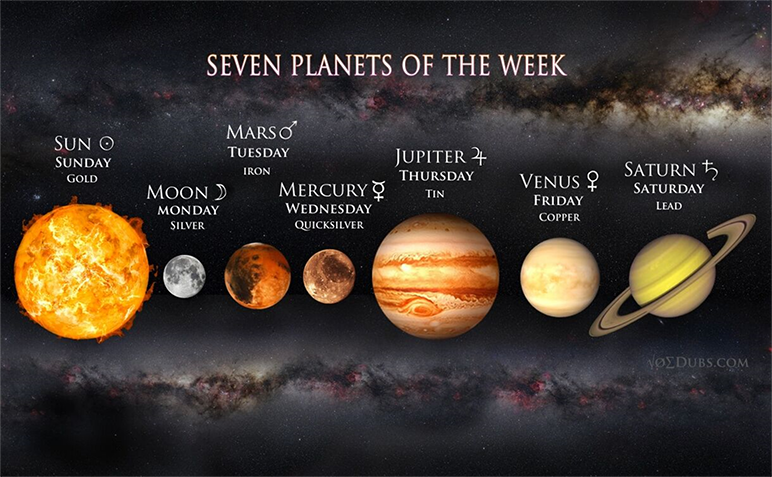
For example she would dissolve gold chloride in aqua regia and take a 10x10cm or so square of blotter paper rolled into a cylinder and place it vertically into a petri dish with the solution; she would do this during various geocentrically-observed cosmic events (planetary relationships of angles of 15 degrees and multiples thereof) and watch the crystal-forming patterns as they rose contra-gravity.

Kolisko performed many thousands of these experiments over the decades, but one prime example, and pertinent to our discussion here, is that gold crystallizes imperfectly during solar eclipses, when the moon blocks the sun.
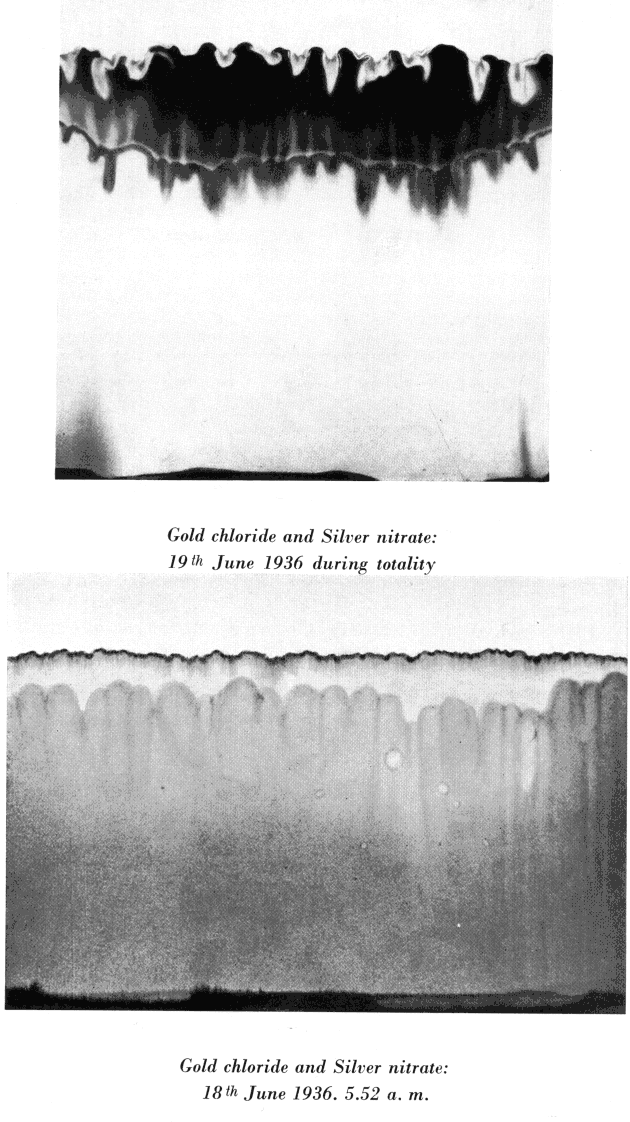
Foucault’s Pendulum is said to demonstrate that a pendulum of sufficient proportions can track the rotation of Earth. This was first exhibited in the middle of the 19th Century and is a fixture at many museums around the world.
Maurice Allais, in his testing of Foucault’s pendulum effects, discovered that during a solar eclipse the pendulum is deviated for the period of the eclipse.
“During the total eclipses of the sun on June 30, 1954, and October 22, 1959, quite analogous deviations of the plane of oscillation of the paraconical pendulum were observed...” ~ Maurice Allais, 1988 Nobel lecture
This mysterious and so-far unexplained effect has been reproduced in further experiments at Jassy University, Romania on Feb 15, 1961 and elsewhere: https://science.nasa.gov/science-news/science-at-nasa/1999/ast06aug99_1/
William Wallace Campbell, director of Lick Observatory early last century, performed experiments during solar eclipses which failed to prove Einstein's relativity theory. Whilst there are various historical and scientific perspectives on this, it is interesting to note how such cosmic events are viewed as being able to provide answers to profound questions about the nature of reality.
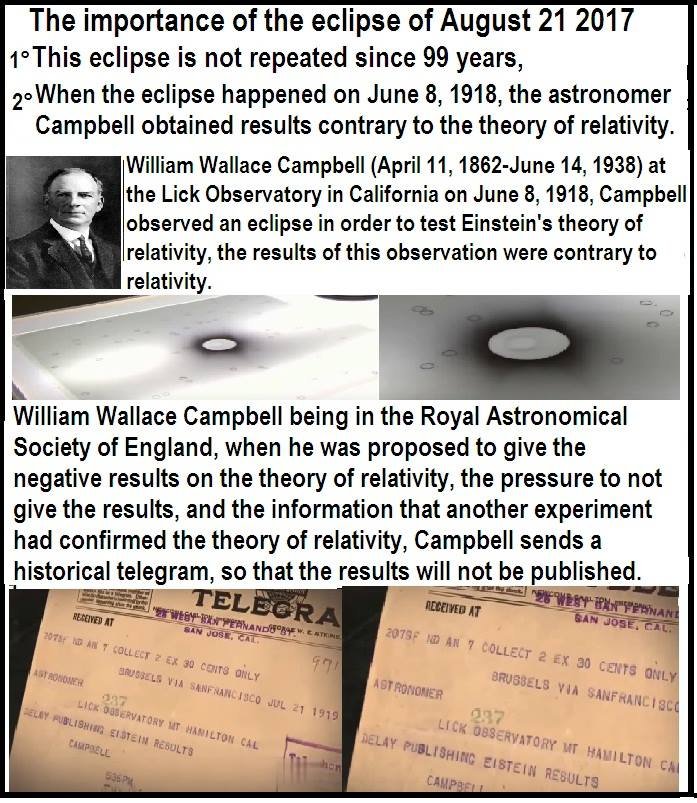
So whether one chooses use such grand cosmic spectacles for science, for a reason to party, simply to experience such a rare and beautiful phenomenon, or to stay inside and focus on internal direction while the great cosmic beings sort their relations outside, there is no doubt that we have been provided front row seats to a totally amazing universe if we but lift our heads.
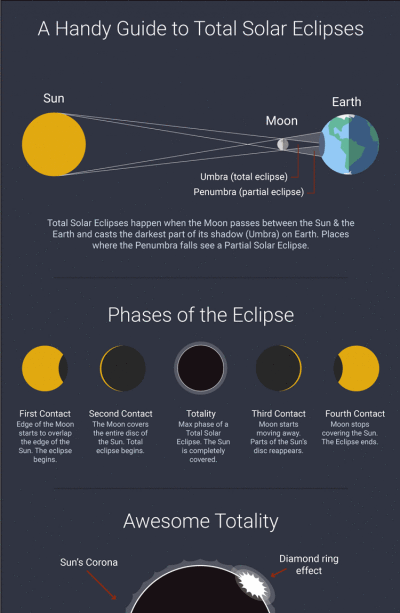
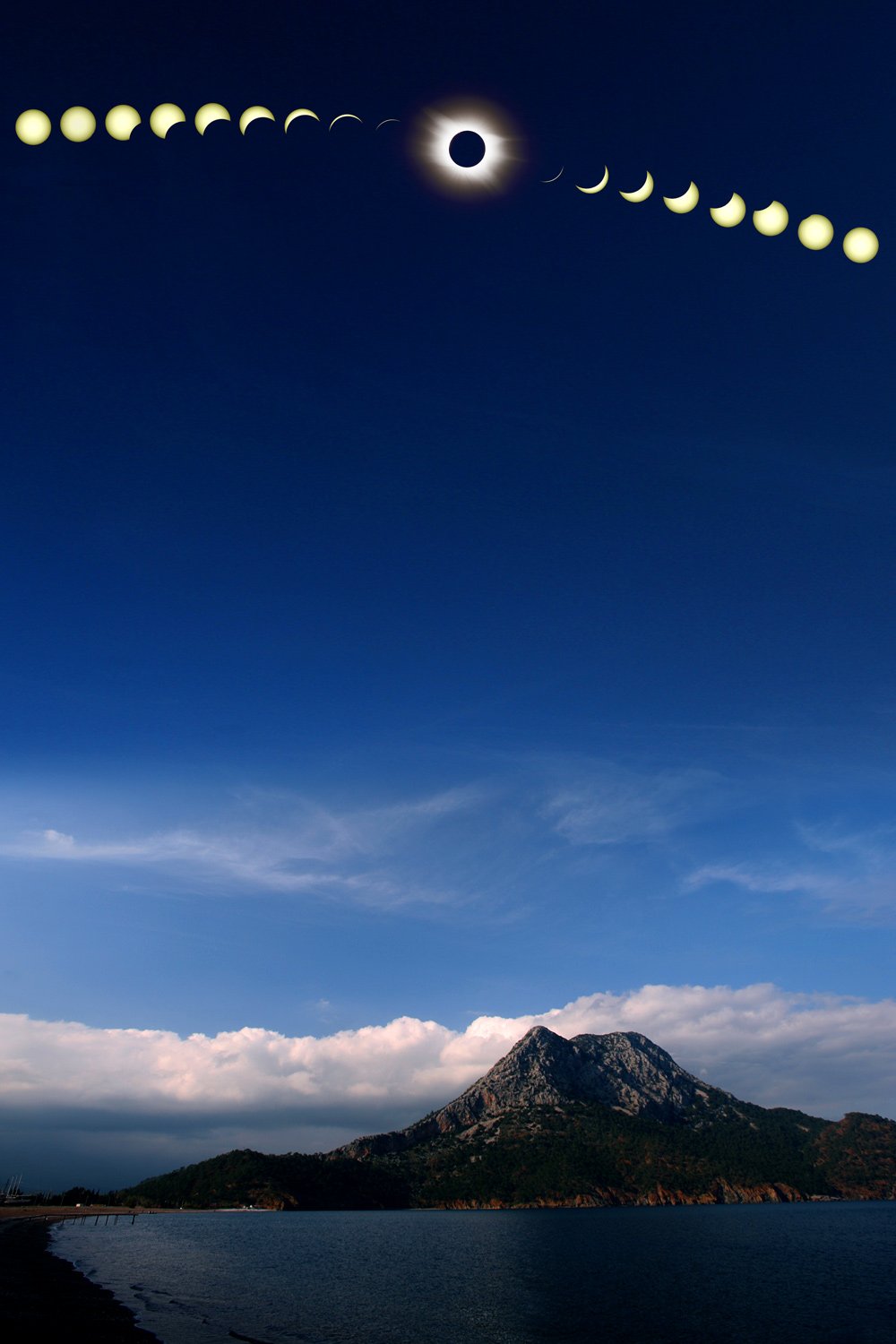
Some references for further reading:
http://news.nationalgeographic.com/news/2013/11/131101-solar-eclipse-myth-legend-space-science/
http://www.whitewolfpack.com/2017/08/navajo-members-wont-watch-sundays-solar.html
http://ayurvedaplace.com/2013/05/08/dos-don’ts-eclipse/
https://eclipse.gsfc.nasa.gov/SEsaros/SEperiodicity.html
https://eclipse.gsfc.nasa.gov/SEsaros/SEsaros.html
http://www.math.nus.edu.sg/aslaksen/gem-projects/hm/0102-1-stonehenge/eclipses.htm
https://tallbloke.wordpress.com/2015/01/09/robin-heath-stonehenge-the-marriage-of-the-sun-and-moon/
